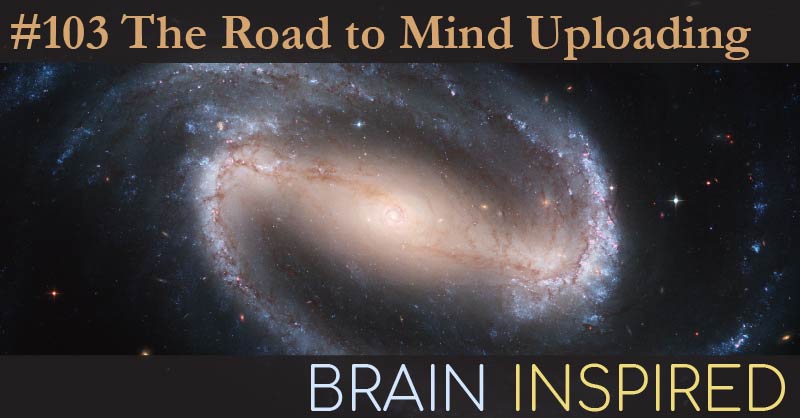

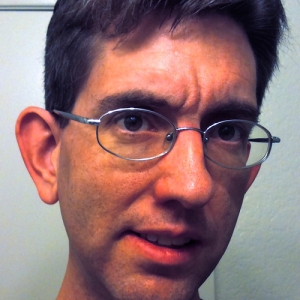
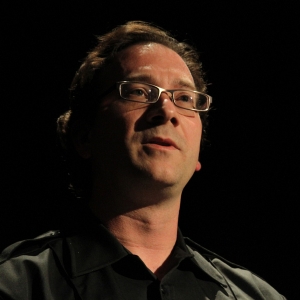
Randal, Ken, and I discuss a host of topics around the future goal of uploading our minds into non-brain systems, to continue our mental lives and expand our range of experiences. The basic requirement for such a subtrate-independent mind is to implement whole brain emulation. We discuss two basic approaches to whole brain emulation. The “scan and copy” approach proposes we somehow scan the entire structure of our brains (at whatever scale is necessary) and store that scan until some future date when we have figured out how to us that information to build a substrate that can house your mind. The “gradual replacement” approach proposes we slowly replace parts of the brain with functioning alternative machines, eventually replacing the entire brain with non-biological material and yet retaining a functioning mind.
Randal and Ken are neuroscientists who understand the magnitude and challenges of a massive project like mind uploading, who also understand what we can do right now, with current technology, to advance toward that lofty goal, and who are thoughtful about what steps we need to take to enable further advancements.
Timestamps
0:00 – Intro
6:14 – What Ken wants
11:22 – What Randal wants
22:29 – Brain preservation
27:18 – Aldehyde stabilized cryopreservation
31:51 – Scan and copy vs. gradual replacement
38:25 – Building a roadmap
49:45 – Limits of current experimental paradigms
53:51 – Our evolved brains
1:06:58 – Counterarguments
1:10:31 – Animal models for whole brain emulation
1:15:01 – Understanding vs. emulating brains
1:22:37 – Current challenges
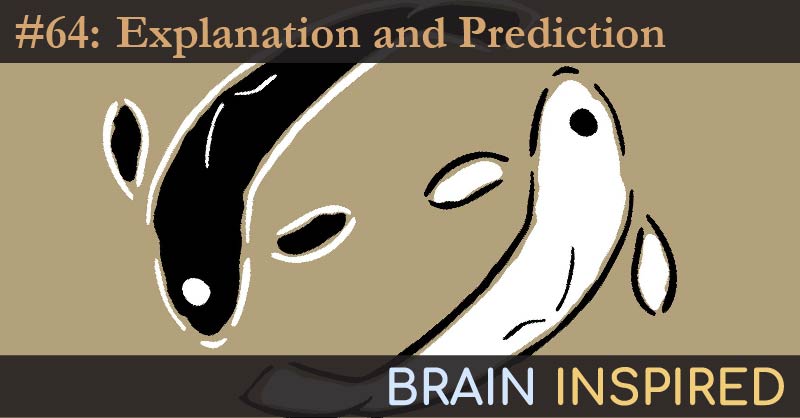
Galit and I discuss the independent roles of prediction and explanation in scientific models, their history and eventual separation in the philosophy of science,...
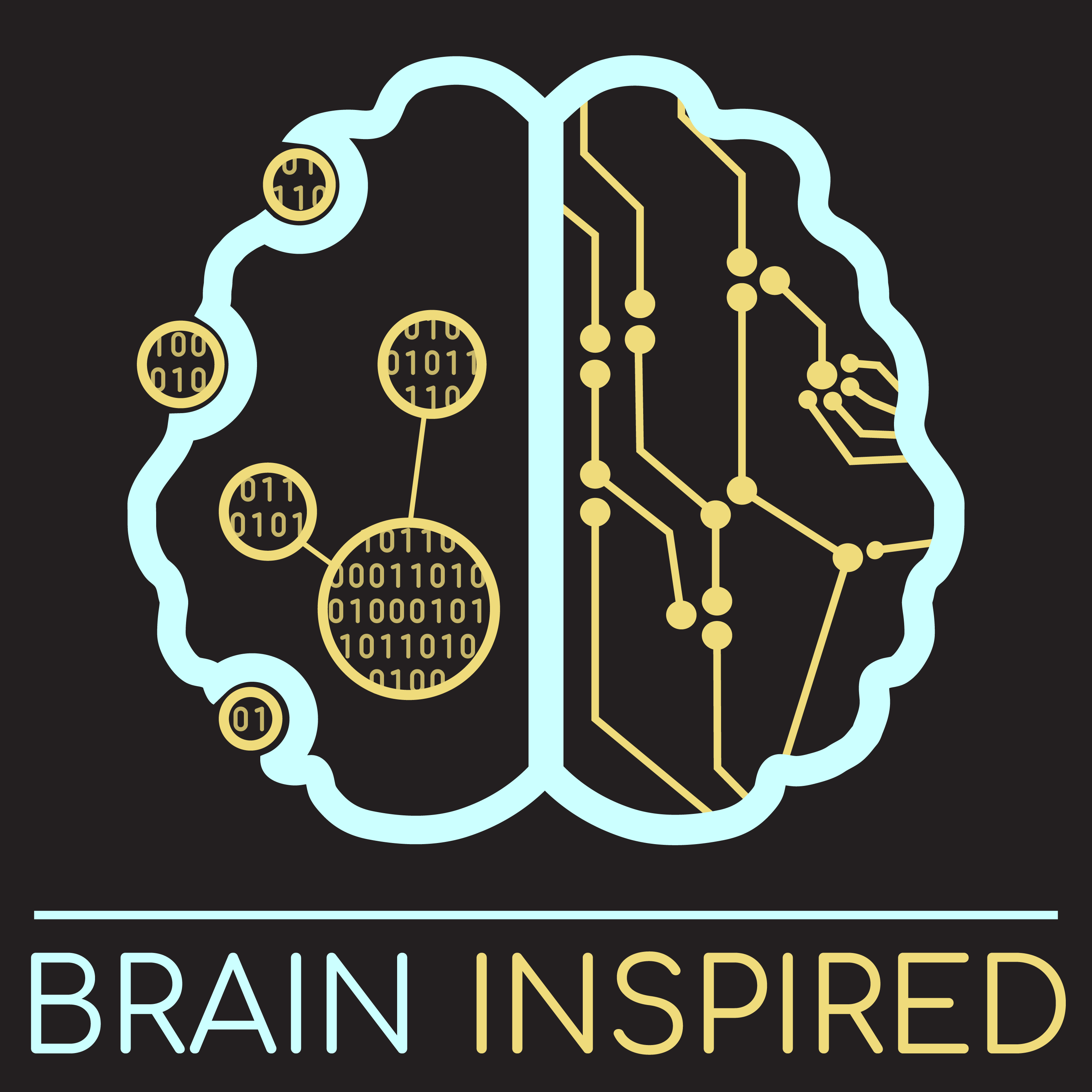
Support the show to get full episodes and join the Discord community. Check out my free video series about what's missing in AI and...
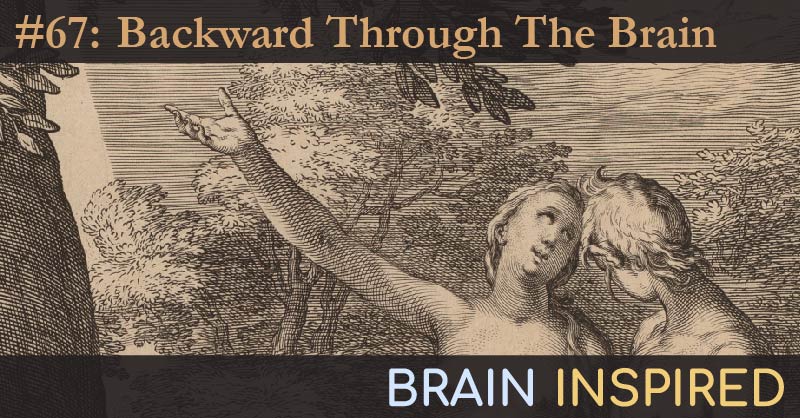
In this second part of my conversion with Paul (listen to the first part), we continue our discussion about how to understand brains as...